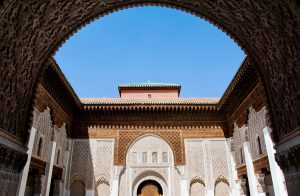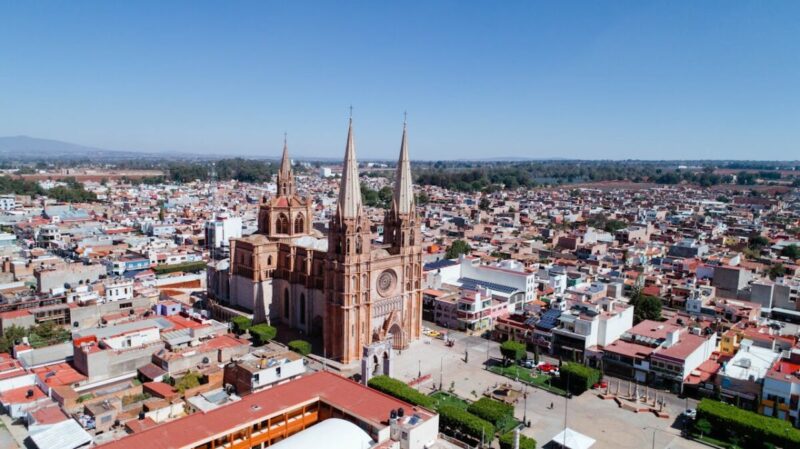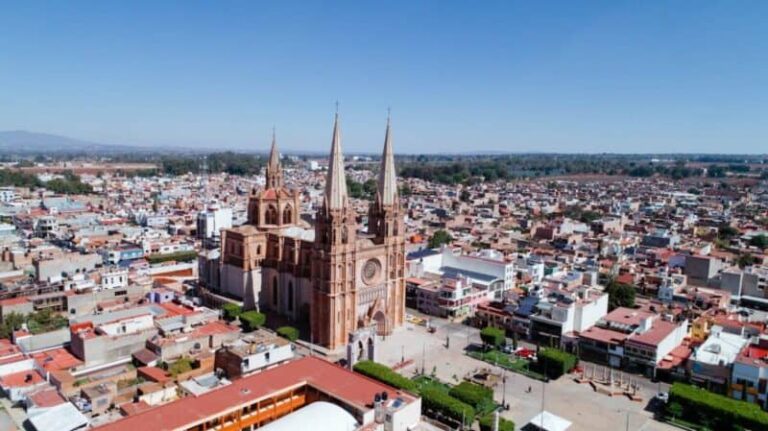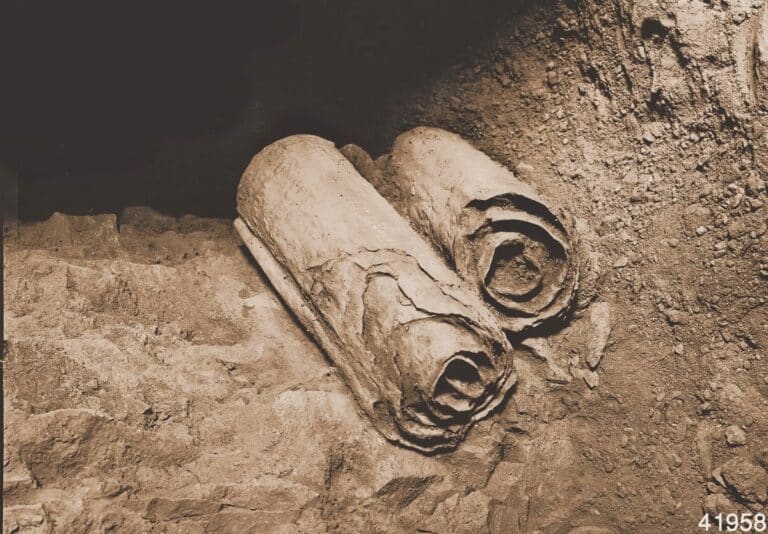Saint Isaac of Syria 7th Century A Bishop who Fasted Regularly
Saint Isaac the Syrian was a 7th-century Syriac Christian bishop of the Church of the East and theologian. He is best remembered for his written works on Christian asceticism. Saint Isaac the Syrian fasted regularly and knew how to do it. He wrote regularly on the subject. He is regarded as a saint in the Church of the East, Roman Catholic, Oriental Orthodox, and Eastern Orthodox churches. So, in all four major Christian denominations. His writings are a compilation of his homilies. They are grouped into three parts. The homilies are on diverse subjects. Have you ever read any of Saint Isaac the Syrian’s work?
Saint Isaac the Syrian Biography

Saint Isaac the Syrian was born in Mesopotamia, located in the northeastern part of the Arabian Peninsula. We are not sure when, and we do not know many of the details of his early life. The administrative duties of being a bishop did not suit his retiring and ascetic bent: he requested to abdicate after only five months.
Saint Isaac the Syrian went south to the wilderness of Mount Matout, a refuge for anchorites. There he lived in solitude for many years, eating only three loaves a week with some uncooked vegetables. Eventually, blindness and old age forced him to retire to the monastery near present-day Khuzestan, Iran. He died there and was buried in that monastery. He was nearly blind by the time of his death. Some attribute the blindness to his devotion to study.
Saint Isaac the Syrian Writings and Legacy
Though he lived long ago and we know little of his life, he did write a great deal. These writings have been preserved for us and give us great insight into his life and surroundings. Saint Isaac the Syrian composed dozens of homilies that he collected into seven volumes. The subjects of those homilies were quite diverse topics, including spiritual life, divine mysteries, judgments, providence, fasting, and more. These seven volumes have survived in five Parts, titled from the First Part to the Fifth Part. They have been translated into later Greek, Arabic, Slavic, and Georgian.
The First Part
This is the most famous part written by Saint Isaac the Syrian. Translated into English and published it as Mystic Treatises. A critical edition containing an English translation, The Ascetical Homilies of Isaac the Syrian, was published by the Holy Transfiguration Monastery in 1983,[24] while a revised second edition was published in 2011 (with a third printing in 2020).[25] According to Brock (2006), Part 1 has 82 homilies, although the number and order of homilies can vary greatly depending on the manuscript or edition.[26]
Second Part
The Second Part contains 41 chapters, of which Chapter 3 is by far the longest. Chapter 3, also known as the Kephalaia Gnostica (or “Chapters/Headings on Spiritual Knowledge”), contains 400 sections organized into 4 centuries (groups of 100 sections).[27] Recently, parts of the Kephalaia Gnostica (i.e., Chapter 3 of the Second Part) have been identified in Sogdian fragments from Turfan.
Third Part
The Third Part has been translated into English by Mary T. Hansbury (2016),[38] into French by André Louf (2009),[39] and into Italian by Sabino Chialà (2004, 2011).[40][41][42] It is based on Issayi MS 5, held in Tehran, Iran. The manuscript is a 1903 copy of a 14th-century original manuscript that has now been lost. It was discovered by Monsignor Yuhannan Samaan Issayi, the Chaldean archbishop of Tehran, at an antiquarian Jewish bookshop and was kept in his private library. After his death in 1999, Belgian scholar Michel van Esbroek found the manuscript in Issayi’s library in Tehran and announced its discovery to the international scholars.[43] Issayi MS 5 has 133 folios, with 111 folios containing 17 homilies that can be attributed to Isaac. There are 14 homilies not found in other texts that are numbered as 1–13 and 16 within Part 3. The other three texts in Issayi MS 5 can also be found in extant Part 1 and Part 2 manuscripts.[38]
Fifth Part
Portions of the Fifth Part[44] have been discovered in MS Rahmani 80 (in Sharfet), MS Dawra sir. 694 and MS Dawra sir. 938 (both held in Baghdad), and Vatican MS sir. 592. Hansbury (2016) contains English translations of two discourses from the Fifth Part.[38] Other discourses from Part 5 can be found in Hansbury (2015).[4
Conclusion








